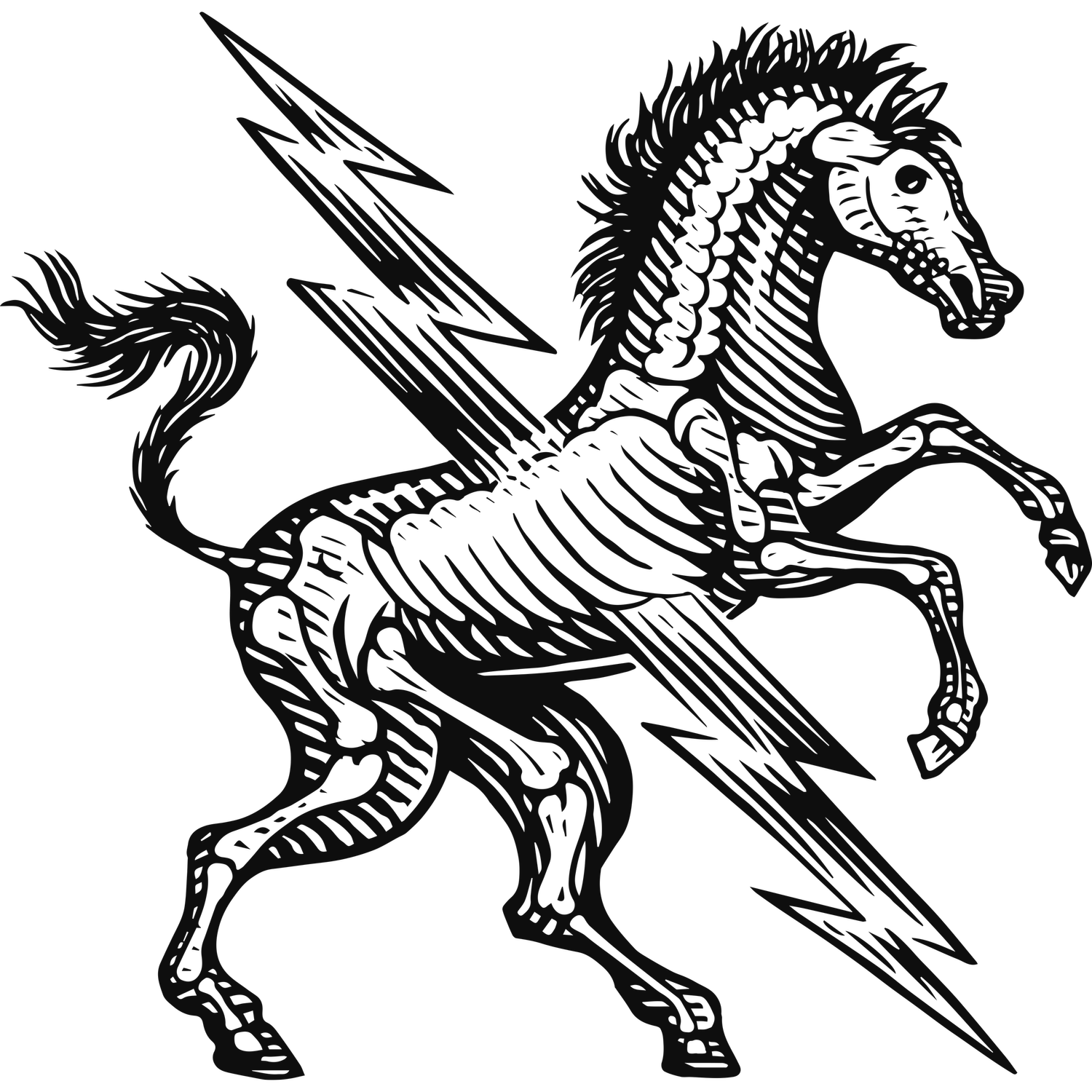Retail branding agency. Show us your assets.
The Key Asset
The elements that make up a brand identity can all be considered “visual assets”. While the logo is often thought to be the most important, there’s another significant element that’s easily identifiable, more flexible and can be even more impactful when properly implemented. We call it the “Key Asset”.
A Key Asset is a visual tool that adds real versatility to design work across numerous platforms. There are many examples of brands who’ve mastered theirs, with fashion brands in particular leading the way, but here are a few we think everyone could learn from.
1. Paul Smith
In 2020 Paul Smith celebrated 50 years of independent design. In that time he’s become a staple in contemporary men’s fashion known for his eclectic work, exemplified by the Paul Smith key asset, a series of coloured lines of various, ever-evolving weights and tones. They've become synonymous with the brand and can stand alone, logo free to represent the business. With brands competing to be seen in todays ultra-fast paced markets, the value of such a powerful visual shorthand is hard to overstate.
2. Tate
With the original, flexible Tate logo system from 2000 struggling in its teens, 2016 saw the network of galleries rebranded in the spirit of what had become their iconic identity. A new simplified logo was the starting point for a dot based key asset that can be found blown up on everything from bags to trainers to signage, offering the brand diverse and dynamic visual options again and again, while remaining simple to implement, whether promoting Abstract Impressionism or Photorealism.
3. The Premier League
Does anyone even remember the Premier League branding before their 2016 rebrand? Exactly. What followed is so bold and vibrant that it’s left what came before it in the dust. The lion icon was retained but redesigned, while every other element has been purpose-built to meet the demands of a modern brand. The key asset is no different. The lion has inspired a series of ever-shifting clawed rips and tears that can be seen at every turn, adding dynamic movement and quick visual recognition to the brand system, particularly across digital channels and on screen during live games.
4. Saks Fifth Avenue
Famous New York retailer, Saks Fifth Avenue houses some of the worlds most desirable fashion brands. As such, their branding had better walk the walk. Thankfully it does and is led by an energetic key asset that sees their cursive wordmark divided into a grid of 64 squares which can be shuffled and rotated to form an almost infinite number of variations. Whether stand-alone squares or more abstract combinations, the results feel instantly iconic and immediately identifiable when glimpsed across a busy New York street, somewhere brand status carries a little bit more weight that your average shopping centre.
5. Yotel
Okay, maybe we’re a bit biased on this one. When developing the Yotel brand, visual continuity was a pressing issue. Along with a selection of graphic patterns, a 3D render of the master logo was generated to create a key asset that could be used in a variety of ways. Across comms it forms immersive, abstract environments that add a sense of depth to materials as well as alluding to the high-tech story that’s always been an important part of the Yotel experience. Executed in white and purple versions, the key asset has been used on everything from apps to door hangers, even inspiring an animated logo ident in the process.

